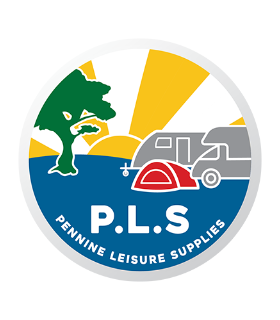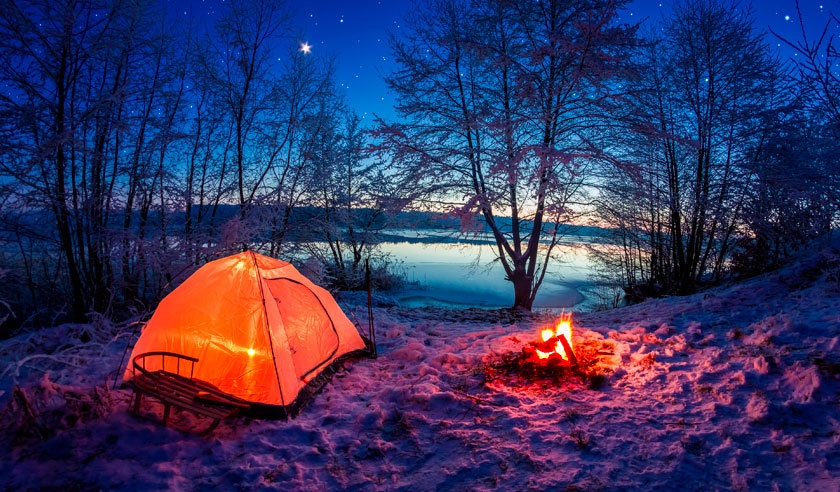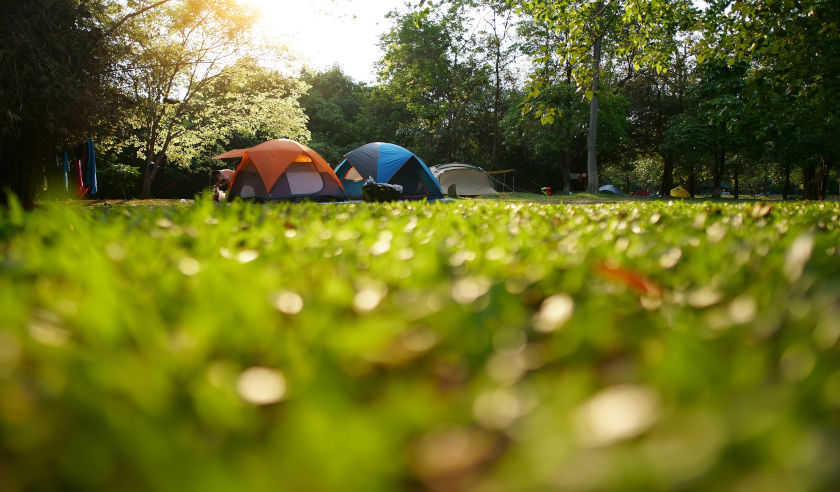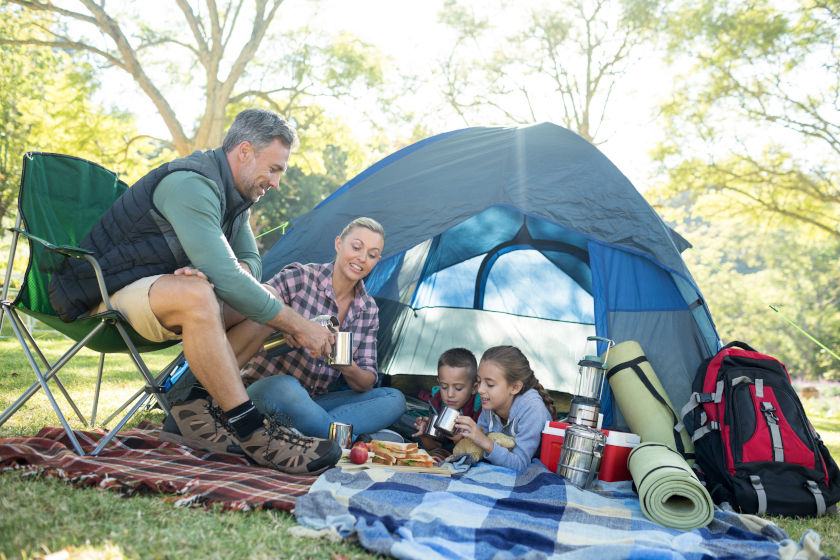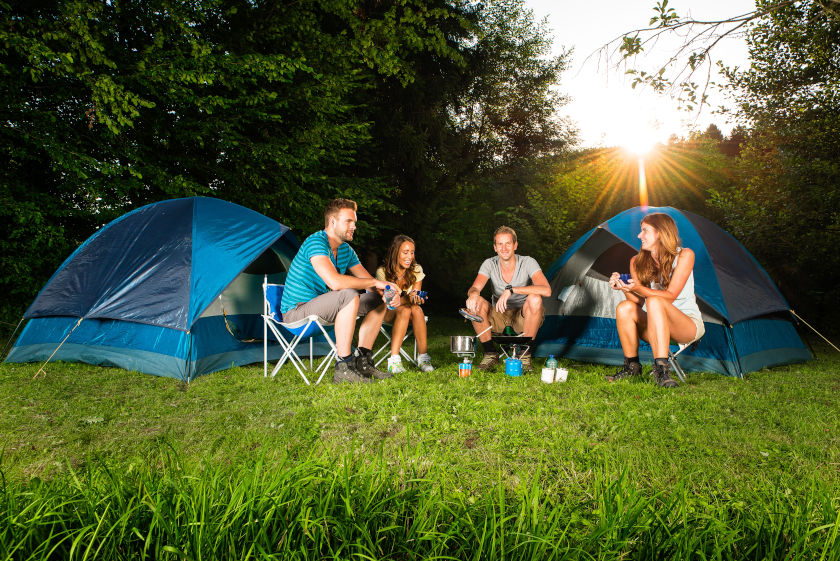Winter camping has become increasingly popular in recent years, with the draw of a winter wonderland and bright, crisp mornings becoming more and more appealing. Providing you are well prepared and equipped, a winter camping trip can be exhilarating and exciting. Our top ten tips will help you make the most of your winter break under canvas.
1 Pre-trip planning
Forward planning will go a long way to making your trip a success. Research the area and what there is nearby; how far is the nearest village or shop? Calculate how long will it take you to travel there, so that you will know if you’ve lost your way. If you are heading completely off-grid, is there a source of firewood nearby, and water?
Even if the weather is forecast to be amazing while you’re away, we all know that in the UK particularly, we can experience all four seasons in a day. With this in mind, pack for the worst conditions you could encounter, with essential emergency supplies.
Before setting off, ensure that someone knows where you will be. This is particularly important if camping by yourself, but should be done even when travelling in a group – if you should encounter any difficulties, there will be someone who can raise the alarm.
2 Setting up
It gets dark early in winter, so arrive in plenty of time to set up while it is still daylight. Practise putting your tent up at home as this will save you time. When erecting the tent, you may be standing still so to avoid getting cold quickly, pop an extra layer on before you start.
3 Equipment
Make sure your tent is the correct size for the number of people who will be sleeping in it – the larger the tent, the greater the heat loss, and never use a summer tent in winter. A tent with double walls will keep extreme weather and condensation at bay. Ensure your sleeping bag is sufficient for the lowest expected temperature, and if you are going to be carrying it while hiking, invest in a lighter weight bag that will not compromise on warmth. The addition of an internal liner will create extra insulation to retain the heat if you are expecting sub zero temperatures, while a sleeping mat on top of the ground sheet will also provide extra insulation.
Shorter days mean that efficient lighting is necessary, and our blog on what to look for in a torch will help you when buying for your trip.
4 Keep warm
While the temptation is to add layers of rugs and blankets over the top of you to keep warm, heat is lost through the ground so in addition to a sleeping mat, add thick blankets on top of the ground sheet. At night, shake your sleeping bag to redistribute the filling and opt for space saving hand warmers instead of hot water bottles. Resist the urge to pop your head down inside your sleeping bag to warm it up – this will only create condensation which will make your sleeping bag damp and lower your body temperature.
5 Clothes
A great rule of thumb is layering, as a few lighter layers will trap heat, keeping you warmer than a single, thicker layer. The layer nearest your skin should be wool or synthetic (avoid cotton as it will lose its insulating qualities if it gets wet), followed by an insulating mid-layer such as fleece and fleece-lined trousers. Finally, your outer layer should be waterproof.
Always remember to protect the hands, feet and head as heat is lost through the extremities. Wear a hat that covers your ears, and consider wearing it at night when your head is outside your sleeping bag. With socks, make sure to have plenty of spares, in case they get wet and avoid wearing too many pairs at once – they could restrict blood flow, making it harder to warm your feet up.
6 Food and drink
Remember you still need to drink even if it’s cold as dry air will dehydrate easily through breathing. You will burn more calories in cold weather trying to maintain a base temperature, so eat foods such as chocolate, nuts and cereal bars which will give you a steady release of energy, as they are slowly digested.
7 Keep the tent warm - safely
When considering heating the inside of your tent it’s worth remembering that there is no safe way to use naked flames or fire. Rather, you should strive to stay warm inside the tent by wearing warm, dry clothes, creating layers on the floor, and adding blankets around your sleeping bag. Placing back at the corners of the tent will create a tighter space which will stop the cold air from coming in. Portable gas heaters are attractive for the winter camper but they must be used with extreme caution and never in an enclosed space such as a tent bedroom. If using one, take a portable carbon monoxide alarm with you.
8 Vent the tent
Make sure your tent is well ventilated at night. Although this may make the tent cooler, it will reduce the risk of condensation and will be more favourable than the wet which results from condensation.
9 Stay dry
This should be a priority, but at the very least, endeavour to keep your sleeping areas dry. As above, your outer layer of clothing should be waterproof and at night, bring your boots or shoes inside.
10 Sun protection
No, we haven’t gone mad! The combination of clear skies, cold days and winter sun can lead to sunburn and even sunstroke, so pack a high protection factor sun cream. If you are lucky enough to be going where there will be snow, pack a pair of sunglasses to stop you from squinting.
While winter camping may not be for everyone, if you are well prepared, you may be a convert! For all your camping essentials, browse our Camping & Leisure department, where you will find everything you need.
















